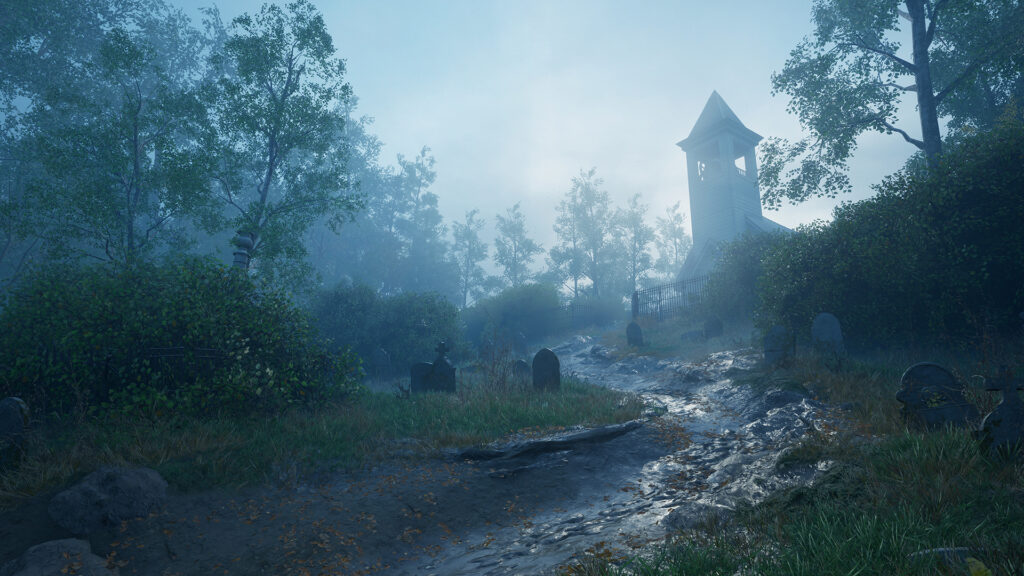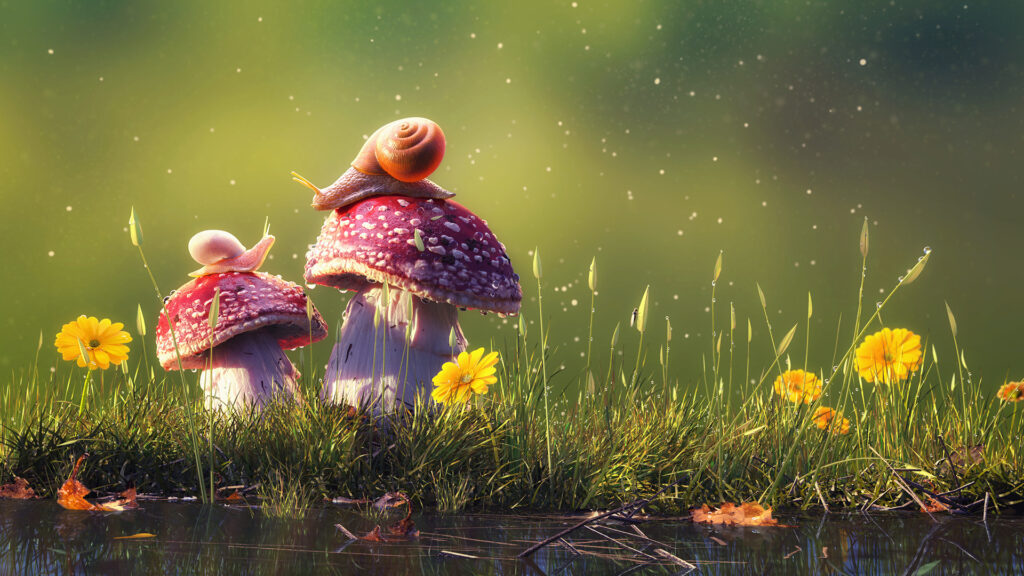Summary: Look development is a crucial aspect of 3D visualization, and understanding how to use light and color can greatly enhance the final result. In this blog post, we will explore the different types of light and color, how they affect the look of a 3D model, and best practices for using them in look development.

Introduction: Look development is the process of creating the final appearance of a 3D model, including lighting, materials, and textures. Light and color are two essential elements of look development, as they greatly affect the mood, atmosphere, and realism of a scene. Understanding how to use different types of light and color can help you create stunning and realistic 3D visualizations.
Types of Light:
There are several types of light that are commonly used in 3D visualization, including ambient, directional, point, and spot lights. Ambient light provides a general illumination to a scene, while directional light simulates sunlight and casts shadows. Point light emits light in all directions from a single point, while spot light creates a cone of light that can be directed at specific areas of a scene.
Each type of light has its own unique properties and can be used to create different effects in a scene. For example, directional light can create dramatic shadows and highlights, while ambient light can create a soft and subtle atmosphere.
Types of Color:
Color is another important element of look development, and understanding the different types of color can help you create a cohesive and visually appealing scene. There are several types of color, including primary, secondary, tertiary, complementary, and analogous colors.
Primary colors are red, blue, and yellow and cannot be created by mixing other colors. Secondary colors are created by mixing two primary colors, while tertiary colors are created by mixing a primary and a secondary color. Complementary colors are opposite each other on the color wheel, while analogous colors are next to each other.
Using color theory, you can create harmonious and balanced color schemes that enhance the mood and atmosphere of a scene.
Best Practices:
When using light and color in look development, it’s essential to consider the overall mood and atmosphere you want to create. Start by defining the main light source and the color palette you want to use. Consider the type of scene you are creating and the emotions you want to evoke.
Experiment with different types of light and color and adjust the intensity and direction of the light to create the desired effect. Pay attention to how light interacts with different materials and textures, and adjust the specular and diffuse values accordingly.

Conclusion: Light and color are essential elements of look development in 3D visualization, and understanding how to use them can greatly enhance the final result. By using different types of light and color and experimenting with different settings, you can create stunning and realistic 3D visualizations that evoke the desired mood and atmosphere.
References: "The Art of Lighting and Rendering" by Mark Farish "The Importance of Color in Design" by Elizabeth Cole "Look Development in Film and Animation" by Eric Miller "Understanding Light and Shadow in 3D Modeling" by Michael James Smith "Color Theory for Digital Artists" by Scott Naismith
Last Posts
- How 3D Visualizer Can Help Clients for their Brands?
- What Skills and Knowledge Do You Need to Be a Look Dev Artist?
- Everything About Light and Color in Look Development in 3D Visualization
- How Experience and Knowledge are Important for 3D Artists?
- Getting Realistic 3D Rendering: Tips and Techniques





Leave a Reply